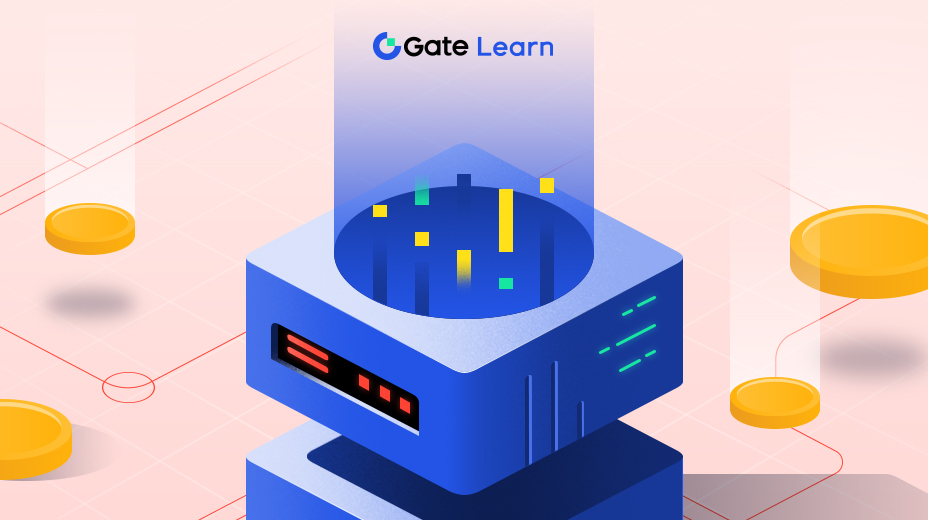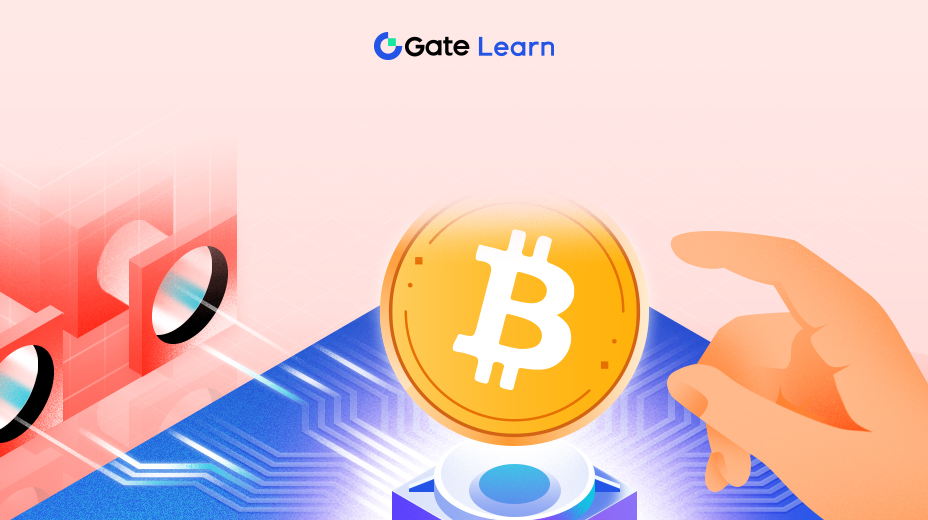Technical Foundations of TRON
Module 2 focuses on the technical underpinnings of the TRON blockchain. We'll dissect TRON's unique blockchain architecture, including its three-layer structure, and delve into the workings of its smart contracts and dApps. The module also covers the Delegated Proof of Stake (DPoS) mechanism and the role of super representatives in TRON's consensus model. This technical exploration is essential for grasping how TRON functions and maintains its network.
TRON’s Blockchain Architecture
TRON’s blockchain architecture is designed to support high throughput, high scalability, and high availability for all decentralized applications (dApps) in the TRON ecosystem. It is a three-layer system consisting of the Storage Layer, Core Layer, and Application Layer. The Storage Layer is responsible for data storage, utilizing a distributed storage protocol that includes block storage and state storage. This design ensures efficient data management and retrieval, crucial for the performance of the network.
The Core Layer is the heart of TRON’s blockchain. It implements the smart contracts, account management, and consensus mechanism. This layer is built using Java, a popular programming language, which makes it accessible to a broad developer community. The use of Java also ensures a degree of stability and security for the network. The Core Layer’s design allows for the seamless execution of smart contracts, which are essential for the functionality of dApps.
In the Application Layer, developers can create and deploy their dApps and customized wallets. TRON’s blockchain provides a set of APIs that developers can use to interact with the blockchain, making it easier to develop decentralized applications. This layer is crucial for the ecosystem’s growth as it directly interfaces with the end-users and developers, providing them with the tools and resources needed to build on the TRON platform.
TRON’s blockchain architecture also includes a unique feature called the Graphene framework. This framework is known for its high-performance blockchain solutions, enabling TRON to handle an extensive number of transactions per second (TPS). The high TPS rate is a significant advantage for TRON, especially for applications that require fast and efficient transactions, such as gaming and online marketplaces.
The integration of BitTorrent into its architecture exemplifies this focus. This integration allows TRON to leverage BitTorrent’s peer-to-peer network for more efficient content distribution, aligning with its vision of decentralizing the internet and creating a fairer digital content ecosystem.
Understanding Smart Contracts and dApps on TRON
Smart contracts on TRON are self-executing contracts with the terms of the agreement directly written into code. They run on TRON’s blockchain, making them immutable and distributed, which means once deployed, they cannot be altered and are accessible to anyone on the network. This feature ensures a high level of transparency and trust in the transactions and agreements executed on the TRON network.
TRON’s smart contracts are compatible with Ethereum’s, as they both use the Solidity programming language. This compatibility allows for easier migration of dApps from Ethereum to TRON, which is particularly appealing for developers looking for higher throughput and lower transaction costs. TRON’s virtual machine, a Turing-complete system, executes these smart contracts, providing a robust and efficient environment for dApps.
Decentralized applications (dApps) on TRON are varied, ranging from games and social media platforms to financial services. These dApps leverage the capabilities of TRON’s smart contracts to offer decentralized services that are not controlled by any single entity. The dApps benefit from TRON’s high transaction speed and low fees, making them more user-friendly and scalable compared to those on other platforms.
TRON’s ecosystem supports a wide array of dApps, thanks to its scalable and efficient architecture. The platform has seen significant growth in the number of dApps and user engagement, indicating a thriving ecosystem. This growth is partly due to TRON’s active community and developer incentives, which encourage innovation and development within the ecosystem.
The development tools and resources provided by TRON further facilitate the creation and deployment of dApps. These include comprehensive documentation, development kits, and a supportive community. This ecosystem fosters an environment where developers can experiment, innovate, and bring their dApps to a broad audience, contributing to the overall growth and diversity of the TRON network.
Delegated Proof of Stake (DPoS) Mechanism
The Delegated Proof of Stake (DPoS) mechanism is a core component of TRON’s blockchain. DPoS is an evolution of the traditional Proof of Stake (PoS) model. It is designed to be more efficient and democratic, addressing some of the issues associated with the Proof of Work (PoW) model, such as high energy consumption and centralization of mining power.
In DPoS, token holders do not mine or validate block transactions directly. Instead, they vote for a group of delegates, who are responsible for validating transactions and maintaining the blockchain. This voting process ensures that all token holders have a say in the network’s governance, making DPoS more democratic than PoW.
TRON’s implementation of DPoS involves 27 Super Representatives (SRs), who are elected by TRX token holders. These SRs are responsible for validating transactions, creating blocks, and ensuring the security and efficiency of the network. The election of SRs is a continuous process, providing flexibility and allowing the community to replace SRs who are not performing adequately.
The DPoS mechanism on TRON offers several advantages. It significantly reduces the energy consumption associated with maintaining the blockchain, as it does not require the intense computational work found in PoW. Additionally, DPoS enhances transaction speed and scalability, as a smaller group of validators allows for quicker consensus and block creation.
The rewards system in DPoS incentivizes SRs to act in the best interest of the network. SRs receive TRX tokens as rewards for block production and transaction validation. These rewards are then often distributed among their voters, encouraging more token holders to participate in the voting process. This system creates a more engaged and active community, contributing to the overall health and stability of the TRON network.
TRON’s Consensus Mechanism and Super Representatives
TRON’s consensus mechanism is a fundamental aspect of its blockchain, ensuring that all transactions and blocks are validated correctly and efficiently. The mechanism is based on the DPoS system, where Super Representatives (SRs) play a crucial role. These SRs are elected by the community and are responsible for reaching consensus on the state of the blockchain.
The process of reaching consensus on TRON is designed to be both fast and secure. Each SR takes turns to produce blocks, and the blocks are then validated by the other SRs. This process ensures that each block added to the blockchain is agreed upon by a majority of the SRs, maintaining the integrity and consistency of the blockchain.
The election of SRs is a continuous process, allowing the community to vote for or against representatives based on their performance and contribution to the network. This ongoing election process ensures that the SRs are aligned with the interests of the TRON community, as their position depends on the community’s support.
The role of SRs extends beyond just block production and validation. They are also involved in governance decisions, such as network upgrades and protocol changes. This involvement ensures that the network evolves in response to the needs and desires of the community, keeping the ecosystem dynamic and adaptable.
The consensus mechanism and the role of SRs in TRON are designed to strike a balance between efficiency, security, and decentralization. By involving the community in the election of SRs and the governance of the network, TRON ensures that its blockchain is not only high-performing but also reflective of the community’s interests and needs. This approach fosters a strong sense of ownership and engagement among TRX token holders, contributing to the robustness and longevity of the TRON network.
Highlights
TRON’s blockchain architecture consists of three layers: Storage, Core, and Application, designed for high throughput, scalability, and availability.
- The Core Layer, using Java, is crucial for implementing smart contracts and account management, while the Application Layer enables developers to create and deploy dApps.
- TRON’s smart contracts, compatible with Ethereum’s due to Solidity usage, facilitate immutable and transparent agreements, crucial for dApps functionality.
- The platform hosts a diverse range of dApps, benefiting from high transaction speed and low fees, supported by comprehensive development tools and resources.
- TRON employs the Delegated Proof of Stake (DPoS) mechanism, offering a more democratic, energy-efficient, and scalable alternative to Proof of Work.
- In TRON’s DPoS system, 27 Super Representatives, elected by TRX token holders, are responsible for transaction validation and network maintenance.
- The consensus mechanism in TRON, centered around these Super Representatives, ensures fast, secure transaction validation and active community involvement in governance.





